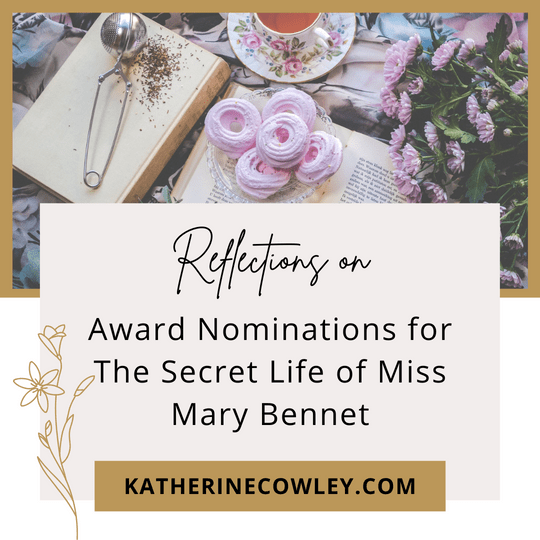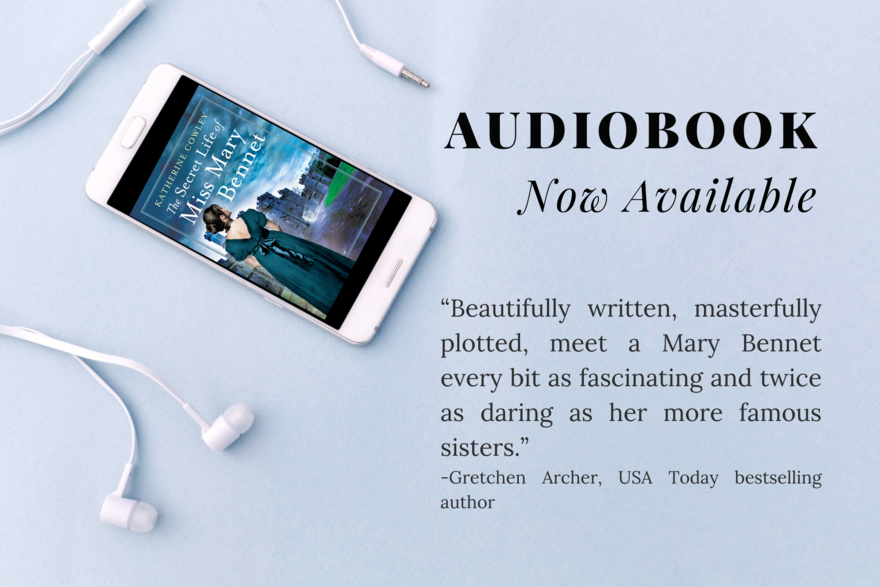The Edgar Awards will be held on April 28th, 2022 in New York City. I haven’t been to New York since I was 14 years old—more than two decades ago—and I feel rather like the storytelling trope of “woman from small Midwestern town visits the big city.” Because that’s exactly what’s going to happen at the end of April.
The Whitney Awards Gala will be held on May 13th, 2022 in Provo, Utah. This is a setting I’m more familiar with—I attended Brigham Young University in Provo, and I have family members who live nearby. This is an award I have followed closely for years, and this year the finalists include a number of incredible authors who I have admired from afar (and an amazing friend who I met when I lived in Arizona).
I did not expect any of these nominations. I’m very proud of my novel, and I spent years of my life researching and writing and pouring my heart into it. I hoped it would find its place among readers, and I was sure that some people would connect with the story. But I had no expectations of any broader recognition.
I’ve already talked about my excitement and initial reactions on social media (learning about the Whitney Awards; learning about the Edgar Awards) so here I’ll share a few other reflections.
Reflection 1: Writing a Niche Story
I had the idea for The Secret Life of Miss Mary Bennet in 2013. I did some initial research and planning, and then I let it stew and develop in my mind for years. In 2017, when I decided this story would be my next writing project, someone said to me, “A Jane Austen mystery novel about Mary Bennet. That sounds really niche. Do you think that will make it harder to find readers for it?”
It was a fair question, and I didn’t really know the answer, but I decided to write the story anyways.
The conclusion I’ve come to is that you should tell the story that you care about and are passionate about, even if it feels niche. If it’s something you find fascinating and compelling, you will be able to tell that story well, and there will be other people who are drawn to it.
After signing a book contract with my publisher, Tule, I worked with them to see what awards The Secret Life of Miss Mary Bennet might qualify for. As I was looking at the Edgar Awards on the Mystery Writers of America website, I realized that writing a Jane Austen-esque mystery novel meant my book perfectly qualified for the Mary Higgins Clark Award. They wanted stories in the tradition of Mary Higgins Clark, featuring a woman with good relationships who is drawn into a mystery and “solves her problem by her own courage and intelligence.” The story also had to have no onscreen violence and fit several other requirements. This too is a niche within crime/mystery/thriller writing, but it’s a beautiful one with a long tradition and very avid readers.
My publisher submitted my book for consideration, and while I was certain my book didn’t have a chance, clearly I was wrong.
As a teenager I memorized large portions of “The Tell-Tale Heart” by Edgar Allan Poe, and I’m astounded that I will be attending an award ceremony named in his honor. As a teenager, I also devoured the works of Agatha Christie, Elizabeth Peters, and Mary Higgins Clark—women who wrote mysteries that captivated me and inspired me and hooked me on the mystery genre. To have my name, and the name of my book, labeled as a Mary Higgins Clark Award nominee, is astounding and humbling and honoring beyond belief.
Reflection 2: Finding and Embracing Your Community
It’s so important to find and embrace your community. This doesn’t have to be a big community. Back in 2009 or so I joined Livejournal and through that I began to find a writing community. This led to monthly meetups in Salt Lake with a group of other writers. These people became my first writing community, and are still dear friends, as are other writers I met on Livejournal.
In 2012 I moved to Arizona and joined ANWA, the American Night Writers Association. This was my first time participating in a monthly writing group, and not only did it make such a difference for my writing, but, once again, many of the writers I met are now some of my dearest friends and critique partners. ANWA is a part of a larger LDS writing community (authors who are members of the Church of Jesus Christ of Latter-day Saints and who write in many genres).
Participating in the LDS writing community brought awareness of the Storymakers community, which led me to following the Whitney Awards, a yearly award to recognize LDS writers. I’ve now been following the Whitney Awards for years, watching authors I admire and love be nominated and win these awards, including Brandon Sanderson, Dan Wells, Traci Abramson, Charlie Holmberg, Julie Berry, and numerous others.
This is definitely a smaller writing community than Mystery Writers of America, but it’s one that means so much to me, and I am thrilled to be a part of it.
Closing Thoughts
I found out about being a Whitney Award finalist on Tuesday, and about being a Mary Higgins Clark Award nominee on Wednesday. On Thursday morning I woke up and I was fairly certain that it was all a dream. I immediately checked the respective websites and discovered that it was not, in fact, a dream.
Not a dream. That knowledge still astounds me.













